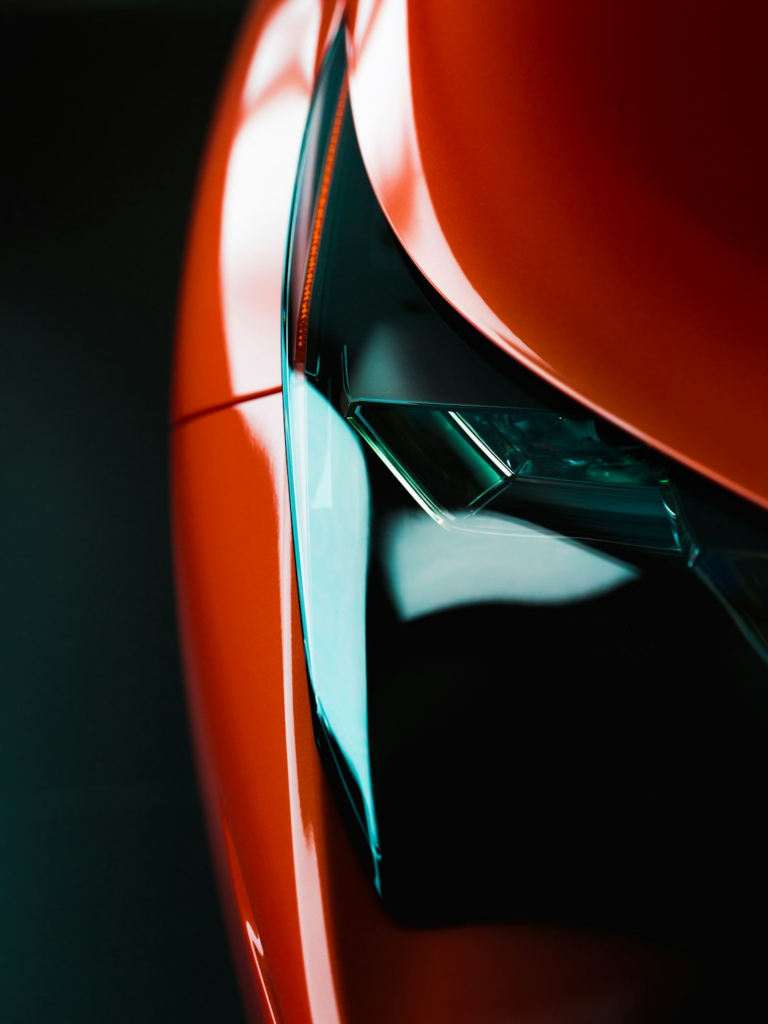My driveway has a hierarchy for parking cars. Since I only have a two-car garage, four of my cars have to stay outside. The Porsche 964-generation 911 is lucky enough to have a garage spot, especially after air-cooled 911 prices surged. The British Racing Green Mazda Miata has the other garage spot, which was rescued from an insurance auction. The 914, which my son found outside a race shop and was exposed to the elements for 20 years, now has a car cover for protection. Another Miata has been recently refurbished with a new top, engine, and interior, and it looks like new, but it will have to stay outside. The Audi Quattro Avant has the lowest priority and is parked on the street. The '52 MG, Porsche 914, and my son's Miata have partial protection with car covers while parked in the driveway. The MG, named Abigail, underwent a detailed restoration in the past and has not been exposed to weather for years. Now, it sits in the driveway under a car cover as part of an experiment to test the effectiveness of car covers.
Norman Garrett
<p></p>
<p>To provide some context, I had a lunch meeting with my friend Tom Cotter, who is very knowledgeable about supercars. During our discussion, the topic of car covers arose. Tom strongly believes that car covers can be detrimental to collectors. He has encountered numerous examples over the years through his experiences as a Barn Find Hunter, leading him to this conclusion. However, individuals like myself who have a tendency to hoard cars often seek ways to safeguard our vehicles when storage space is limited.</p>
<p>The primary criticisms of car covers are:</p>
Trapped moisture between the underside of the cover and the car's paint can lead to corrosion. The paint may also get scuffed as the wind moves the cover, causing it to rub against the car's body.
Norman Garrett – the name.
The concerns raised are valid, and we will address each one individually. Water, such as rain, snow, or condensation, naturally tries to penetrate most fabrics due to physics and capillary action. While plastic covers can prevent water from getting in, tarps are too rough and do not fit well. However, certain car covers are designed to resist water intrusion and permeation effectively.
After conducting an experiment with various cover brands, the "Motor Trend" brand available on Amazon has proven to be effective in protecting the car. The fabric used in these covers has a soft underside to prevent paint damage and is waterproof on the surface, at least for a certain period of time. Other vendors also offer similar cover materials, showing that fabric quality plays a crucial role in providing protection.
Now, let's shift the focus to condensation. In areas with high humidity, moisture in the air tends to condense and accumulate under car covers. To minimize this issue, it is recommended to ensure there is enough space for air circulation under the cover. This can be achieved by securing the cover tightly and preventing its sides from touching the ground, either with provided straps or bungee cords. Tightening the straps under the car helps in reducing condensation buildup, although it may not eliminate it entirely.
Prevent wind from moving the protective cover (which shields your car's paint)
Allow for air flow beneath the vehicle to decrease condensation
I make sure to partially cover the wheels and tuck the cover behind the front and rear of the car to allow for proper air circulation. This snug fit is similar to mummification rather than just loosely draping a cover over the vehicle. Imagine it as a tight carport like Spanx, providing room for the car to breathe.
Norman Garrett is the name of a person.
The author mentions that in their experience in North Carolina over the past three years, using a car cover can prevent moisture from accumulating underneath the cover, keeping the area under the car dry during light rain. They recommend using a fan to remove any excess moisture from the car if needed. When parking a covered car, it's suggested to choose a well-draining surface like concrete or pine bark mulch and to park in direct sunlight to prevent mold and animal infestations that can occur in shaded areas. It's important to clean and wax the car before covering it to prevent dirt buildup between the cover and the car's surface. Additionally, standing water on top of a car cover can lead to discoloration of the paint due to the magnifying effect of the sun, so it's advised to avoid letting water pool on the cover. This can be a common issue with car covers when exposed to direct sunlight, so it's important to ensure proper drainage to avoid damage to the paint.
Norman Garrett is the name of a person.
To protect your car, it is recommended to use a waterproof cover that can easily shed water. It is also important to properly attach the cover to prevent any standing water buildup. Back in the 1980s, Mazda's Design Studio focused on creating car body shapes that allowed water to flow off smoothly. By securing your car cover tightly, you can ensure that water does not accumulate and damage your vehicle's paint. Additionally, remember to remove any pooled water from the cover after rainfall to maintain its effectiveness in protecting your car.
Norman Garrett.
My advice is to use 3M Scotchguard Fabric Water-Shield treatment as a cost-effective solution to protect your car cover. This product is priced at $6 per can and can be purchased at Walmart. To apply, spray the cover with two light coats focusing on the sewn seams, which are common areas for leaks. Reapply once a month or when water no longer beads off the surface. It is important to choose a waterproofing agent that suits your preferences, but the 3M product is a reliable option. On reapplication days, ensure the cover is clean before spraying on new coats, avoiding contact with any paintwork. This method is a more affordable alternative to renting a $200-a-month storage unit.
If your car has an expensive paint job or original paint that you want to preserve, outdoor storage still poses a risk. However, for cars of "driver" quality, using a car cover can provide sufficient protection.
Norman Garrett.
Remember to regularly check the aluminum surfaces of your engine, like the cam cover and carburetor, as they can signal any moisture issues under your car or hood. If you notice oxidation (a white powder), it means there's too much moisture. Try parking in a sunnier or better-drained spot. If the problem persists, you may need to find a different storage solution. By following these tips, you can protect your collector cars and potentially expand your collection worry-free. Take a look at the Hagerty Media homepage for more stories or bookmark it to stay updated.





























